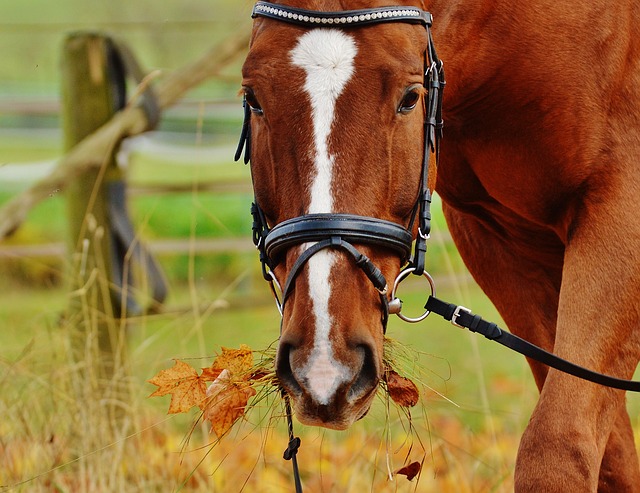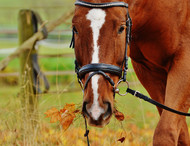Horse Lice 101: Spotting the Signs and Protecting Your Livestock
Nov 5th 2020
 The mere mention of lice can send people into a panic, so when you think your horses have lice, you may be understandably concerned about the health of other animals and even people in the environs. The good news is, you don't have to worry about inter-species transmission. Lice that prefer horses won't impact cattle, dogs, or people, and vice versa.
The mere mention of lice can send people into a panic, so when you think your horses have lice, you may be understandably concerned about the health of other animals and even people in the environs. The good news is, you don't have to worry about inter-species transmission. Lice that prefer horses won't impact cattle, dogs, or people, and vice versa.
The bad news is, lice can be harmful to horses, they can spread rapidly in the right conditions, and they can be tricky to eliminate. What are the different types of horse lice you might encounter? What are the signs and symptoms of infestation and how can you treat your livestock when this pest appears? Here's what you need to know to protect the horses in your stable.
Sucking Lice versus Chewing Lice
There are two main types of lice that affect horses: sucking lice and chewing lice. What's the difference? Sucking lice, as the name implies, subsist on the blood of your horses, and if the infestation gets out of hand, they can make your animals anemic. While chewing lice may not be quite as dangerous, they can still cause your horses a lot of distress by biting and irritating their sensitive skin.
Sucking lice typically populate around the head, neck, back, and upper leg areas, while chewing lice tend to be found on the head, mane, shoulder, and base of the tail. Eggs are light in color and may be visible on dark-haired horses, while lice themselves are brown and will show more readily on lighter coats.
The gestation period for eggs is 30-45 days, depending on the environment (they hatch faster when warm) and roughly 9 of 10 eggs are female, each one with the capacity to lay about 20-40 eggs at a time. What does this mean? Within a period of roughly 5-7 months, without intervention, a single female louse on a horse could create a population numbering in the hundreds of thousands.
Signs and Symptoms
When lice begin to spread, you won't have any trouble seeing the signs. Your horse will become understandably agitated, continually rubbing, scratching, rolling, and biting in an effort to relieve the itch. In time, the coat will start to become shabby, hair loss may occur, and open sores may appear. The real danger here is that your horse can become vulnerable to infection or disease stemming from open sores and/or blood loss. Of course, spread of lice to other horses is also a major concern.
Treatment and Prevention
Once your horses have lice, you'll have to treat with a pesticide product, and this could include sprays, dusts, and wipe-ons. Whichever you choose, the most important thing is to ensure full coverage—the product must penetrate the coat and reach the skin. You'll want to do a second treatment after about two weeks, and remember to treat items like blankets, saddles, and anything that has touched your horse's coat.
As for prevention, you'll mainly want to reduce stress. Keeping horses warm, well-fed, and healthy can increase resistance and help to prevent infestation, as can checking them thoroughly throughout the winter months, when their coats are longer. Lice spread quickly through contact, so if you find one horse with lice, you'll want to segregate your horse population to prevent spreading.

